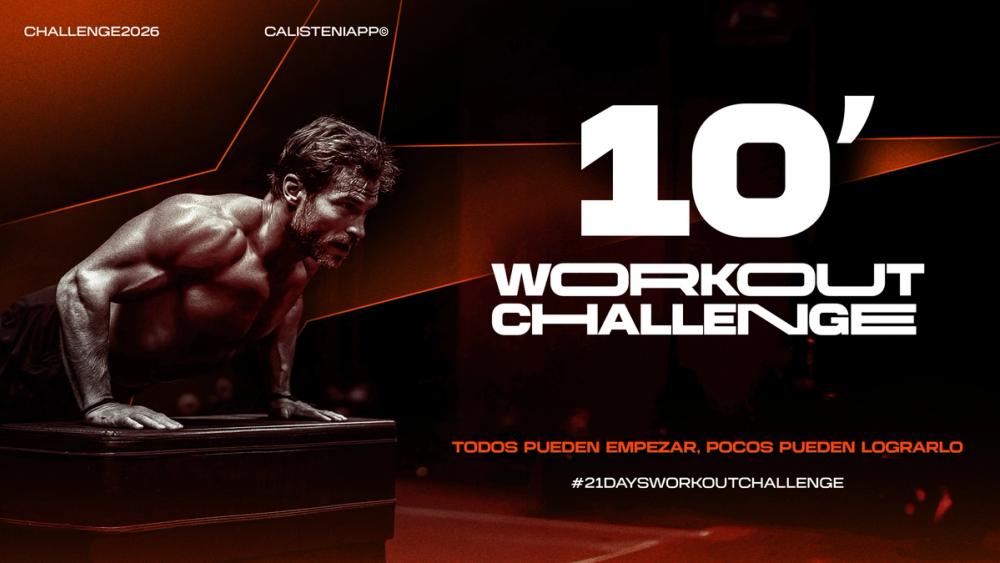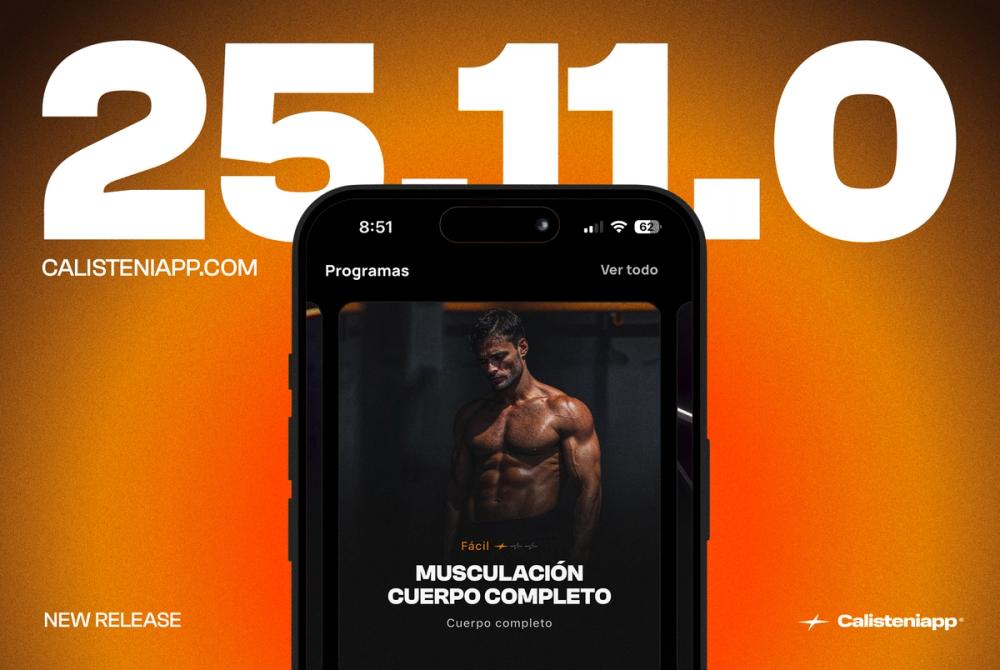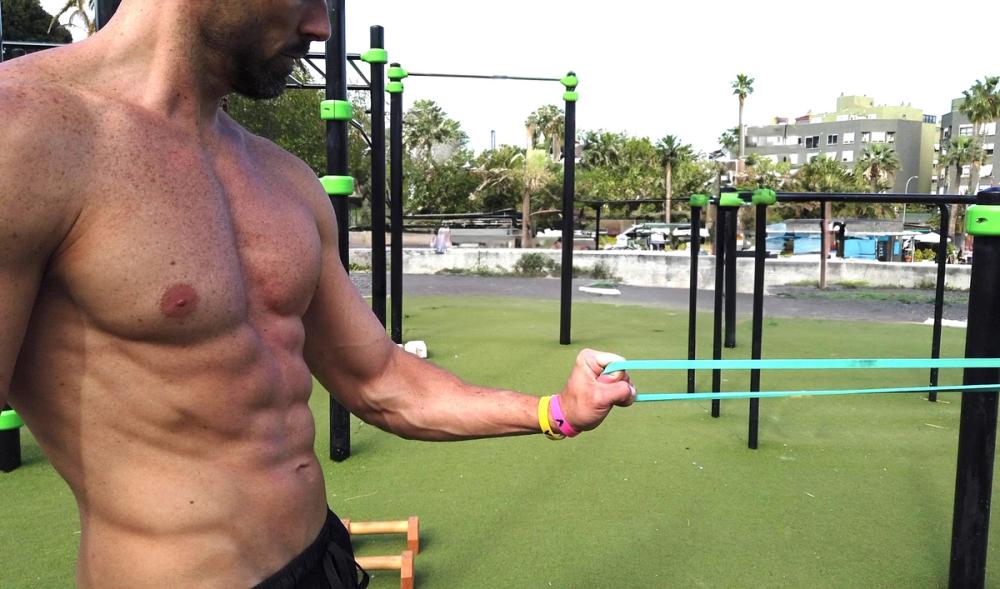
Calisteniapp 10' Workout Challenge
Start training or give your routines a boost with this 21-day Calisthenics challenge for all levels that will put your discipline to the test.

Since calisthenics became popular as a sport and training method, one of the aspects that attracted the most attention was its highly difficult static exercises: planche, front lever, back lever, human flag… To the point that many people wanted to train Calisthenics just to master these elements.
Over the years, many people have wondered, and have asked me, if these static exercises also serve to gain muscle mass, since perhaps they would like to get the planche, the front and so on but they would not mind gaining muscle mass in the process, so let's see.

If we look at the scientific studies on the subject, which are the best way we know to discover the truth, we see that it is observed that with isometric exercises, muscle mass can be significantly increased compared to not training and in a similar way compared to training with traditional concentric exercises.
Furthermore, coinciding with what we have analyzed in recent articles, this increase in muscle mass was greater when positions were used in which the muscle is in greater extension.
The problem is that these studies have been carried out with isometric exercises in which a certain weight is held, or a cable connected to a machine, not with planche, front levers or flags. Therefore, we can draw conclusions from these studies but we must bear in mind that they are not exactly the same exercises.

Based on this data, we can begin with speculations and personal opinions. I believe that, in general, with isometric exercises in high difficulty ranges, such as those usually done when we train planche, front levers and so on, muscle hypertrophy can be generated, but it is not the most effective or optimal method to achieve it.
In addition, we know that most athletes who train statics, complement with concentric exercises with repetitions, eccentric or negative and usually add some basic exercises at the end of the routines.
Even if an athlete doesn't want to do any reps or basics and train only planche and front, as soon as they do planche push-ups, presses or pull-ups on front lever or any of their progressions, they will already be doing concentrics, so it is very difficult to find someone who only does isometrics and nothing else.
In the end, these workouts usually meet one of the most important requirements for muscle gain, which is intensity, so just from that point they already have a good chance of being effective in this regard.
If we look at anecdotal examples, current competitive athletes have physiques that in some cases could be competitive in bodybuilding.

In conclusion, science tells us that it is possible to build muscle mass with isometric exercises, although it does not seem to be the optimal way.
But if you like to train static exercises and get or improve your planche, front lever and the rest of the movements and you are worried about not gaining muscle, I think you can rest assured that between the difficulty and intensity of these exercises, the concentric and negative exercises that you are going to do as a complement, and the basic exercises that are usually done at the end of the routine, you will almost certainly have a muscular physique.
I remind you that in our app Calisteniapp you have free routines, training programs, smart routines and challenges so that you have everything you need to achieve your goals and we are about to launch a mega update in which we add and improve many functions that you have been asking us for a long time, so I hope it is very useful. You can download it here.
I hope the article has been helpful,
Yerai Alonso
References:
https://www.ncbi.nlm.nih.gov/pmc/articles/PMC10001567/
https://pubmed.ncbi.nlm.nih.gov/30580468/
https://journals.physiology.org/doi/full/10.1152/japplphysiol.01162.2003
https://journal.iusca.org/index.php/Journal/article/view/81

Yerai Alonso
Cofundador de Calisteniapp, referente en calistenia y el street workout en Español. Con más de una década de experiencia, es creador de uno de los canales de YouTube más influyentes del sector. Autor del libro La calle es tu gimnasio, campeón de Canarias y jurado en competiciones nacionales e internacionales.
Join our newsletter
Learn everything you need to know about calisthenics

Start training or give your routines a boost with this 21-day Calisthenics challenge for all levels that will put your discipline to the test.

Calisteniapp is a symbol that represents our obsession with excellence, our essence, and the path we want to define for the next ten years.

Descubre los mejores ejercicios de antebrazo para calistenia. Mejora fuerza, agarre y control corporal con entrenamientos efectivos sin pesas.
